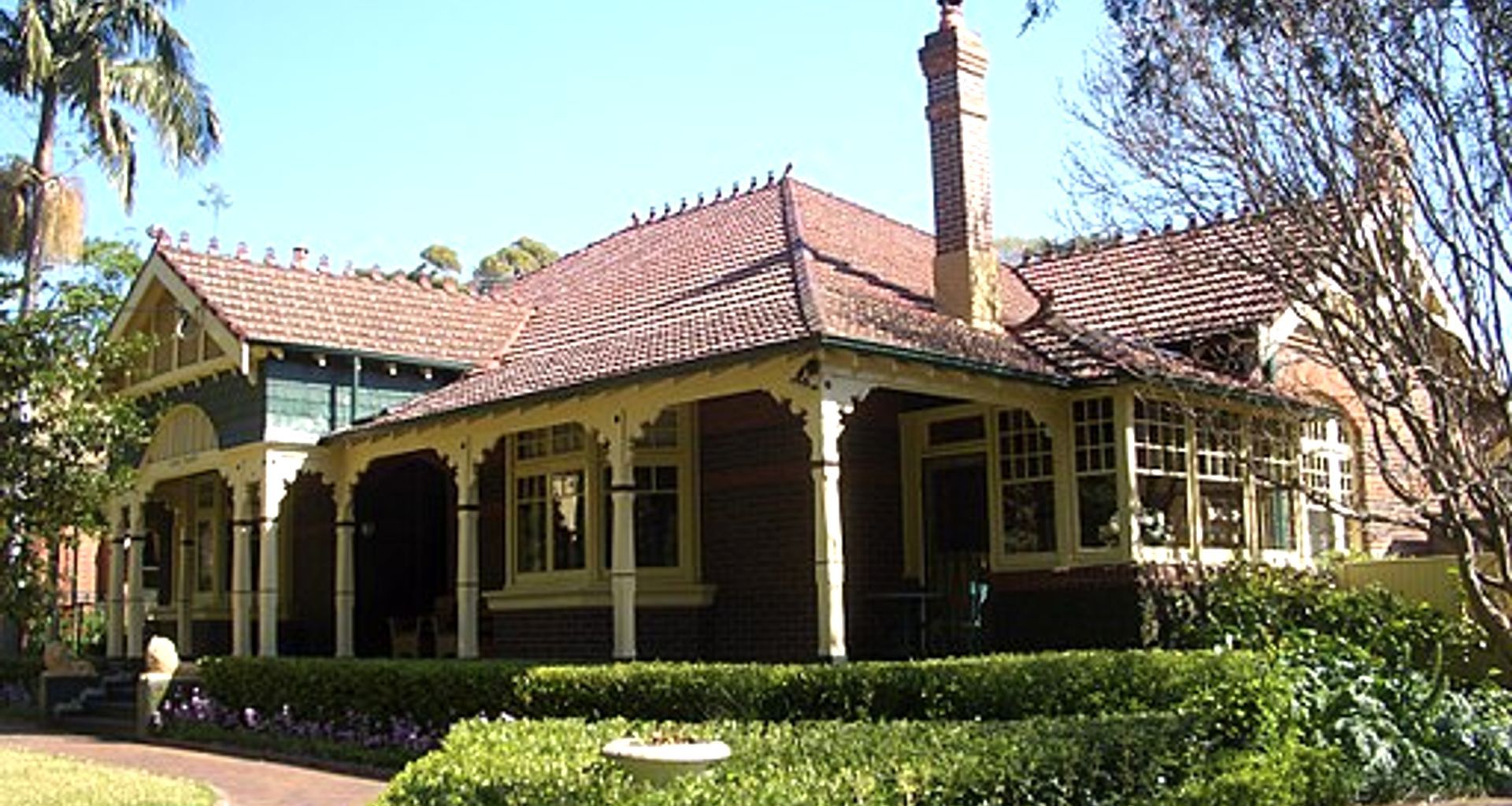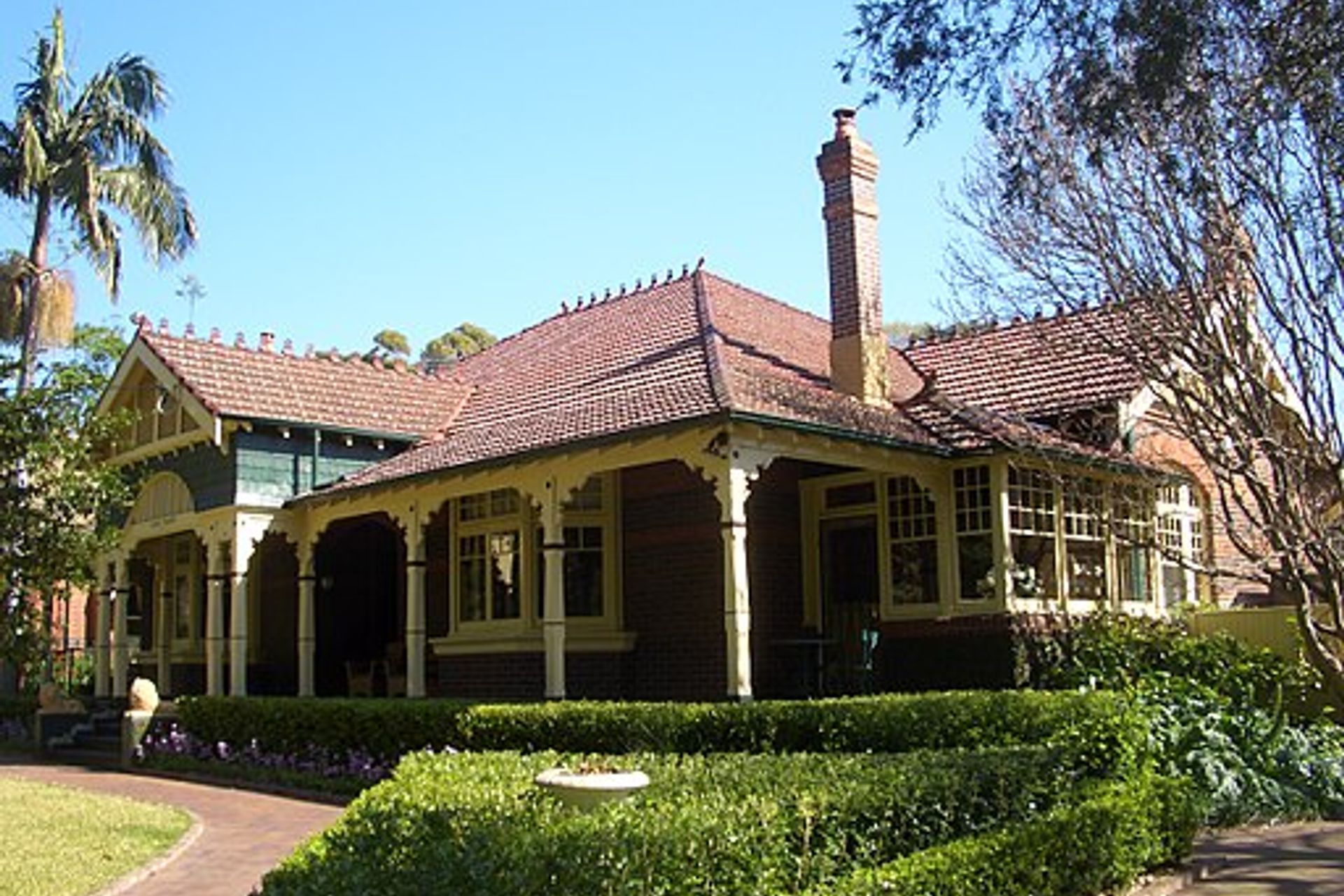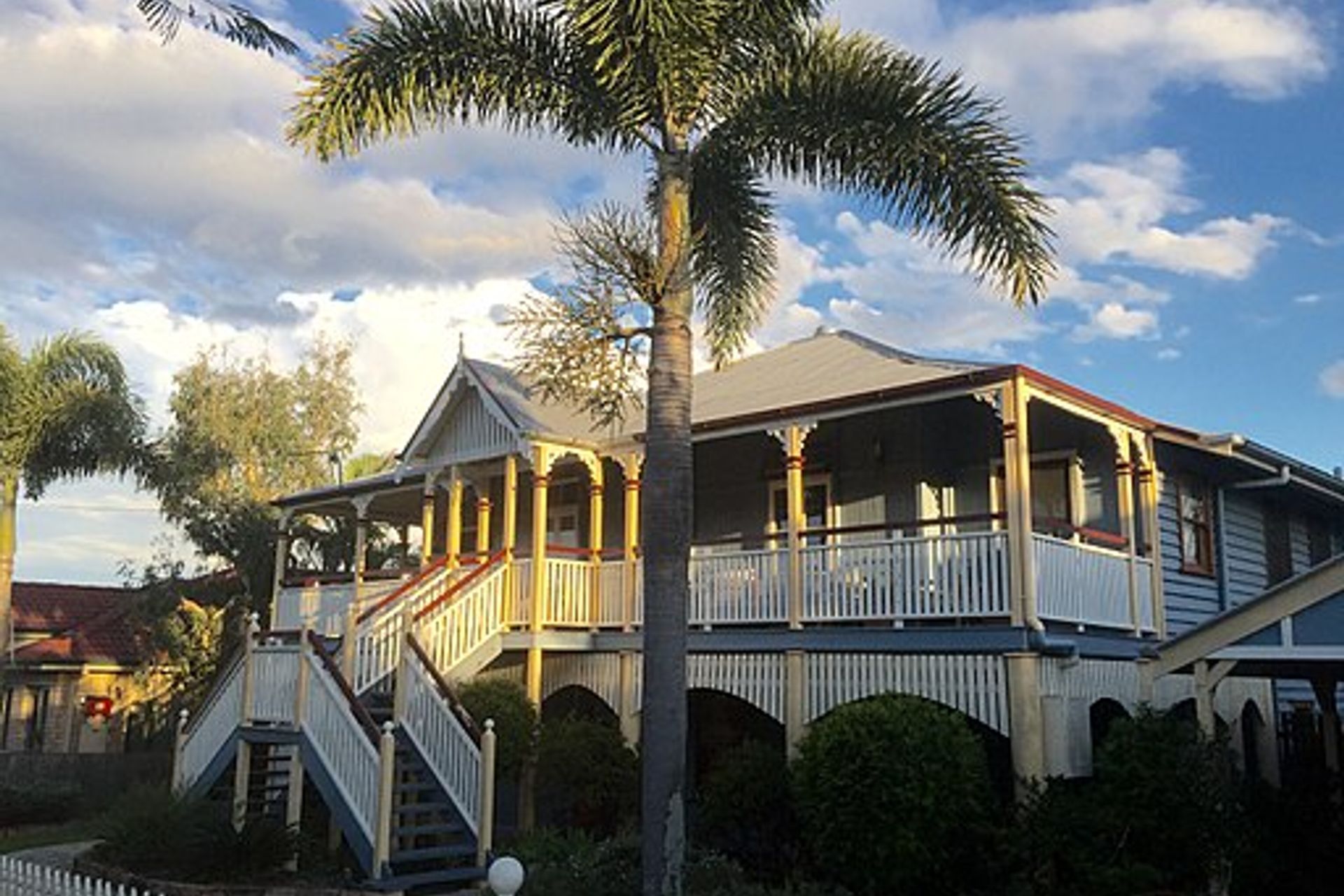Federation and Queenslander Homes

The Federation Home
The Federation architectural period evolved in Australia at the turn of the century when, in 1901, Australian colonies collectively became the Commonwealth of Australia.
A Federation home is an Australian version of the English Edwardian House. It drew on elements of Victorian style and Queen Anne revival period of 1895 to 1910.
Built mainly between 1900 and 1912, the Federation style was an ornate building featuring decorative motifs. Australian flowers, kangaroos and emus were all common on these homes. Another popular motif used was a sunrise on the front gable. This signified celebrating the dawning of a new century.

Federation houses were typically built in red brick or weatherboards. And usually, with a galvanised iron roof or terracotta roof tiles. They were mostly detached houses with gardens.
The ends of gable and roof eaves had detailed wooden fretwork and ornate timber brackets. But also lead-light glass in the windows were often a feature.
Inside, the Australian-edwardian style home was welcoming and cosy. Featuring soft creams, light and airy neutrals and mahogany wood paneling. Very different compared to the dark, gloomy colours and heavy fabrics the Victorian predecessors preferred.
This period lasted until the first world war. Unfortunately a shortage of tradesman meant the cost of houses had to be reduced. So from 1915 ‘less decorative houses’ began to be built. The lead lighting in windows became plain and ornate details disappeared. These houses became known as ‘Bungalows’.
The Queenslander Home
The quintessential Queenslander is a classic piece of Australian architectural design. And it really is Australia’s iconic home.
Also evolved at the turn of the century and found typically found in Queensland (hence the name) and Northern NSW. Designed to provide relief from hot lengthy summer days. But also to provide protection from tropical down pours.
Usually a single detached house built on high piers with a prominent exterior staircase. This design brings the main floor above flood levels. Additionally, it allows cool air to circulate underneath, providing natural ventilation through the house.
Broad, sprawling verandas shaded by corrugated iron roofing provided additional outdoor living space.

Indoors, the floor plan was normally only four to six rooms. Because of this, today it’s common to find Queenslanders with ‘rabbit warren layouts’ due to additional rooms built over the years.
Pressed-metal ceilings, detailed fret-work and casement windows were popular on these buildings.
Usually made entirely of wood to keep the indoor temperatures cooler. Wood doesn’t retain the heat of the day like bricks do.
Queenslanders were initially a cheap housing option. However after the second world war production tapered off and materials became hard to find. This meant that lower maintenance homes on smaller blocks then became more desirable.
